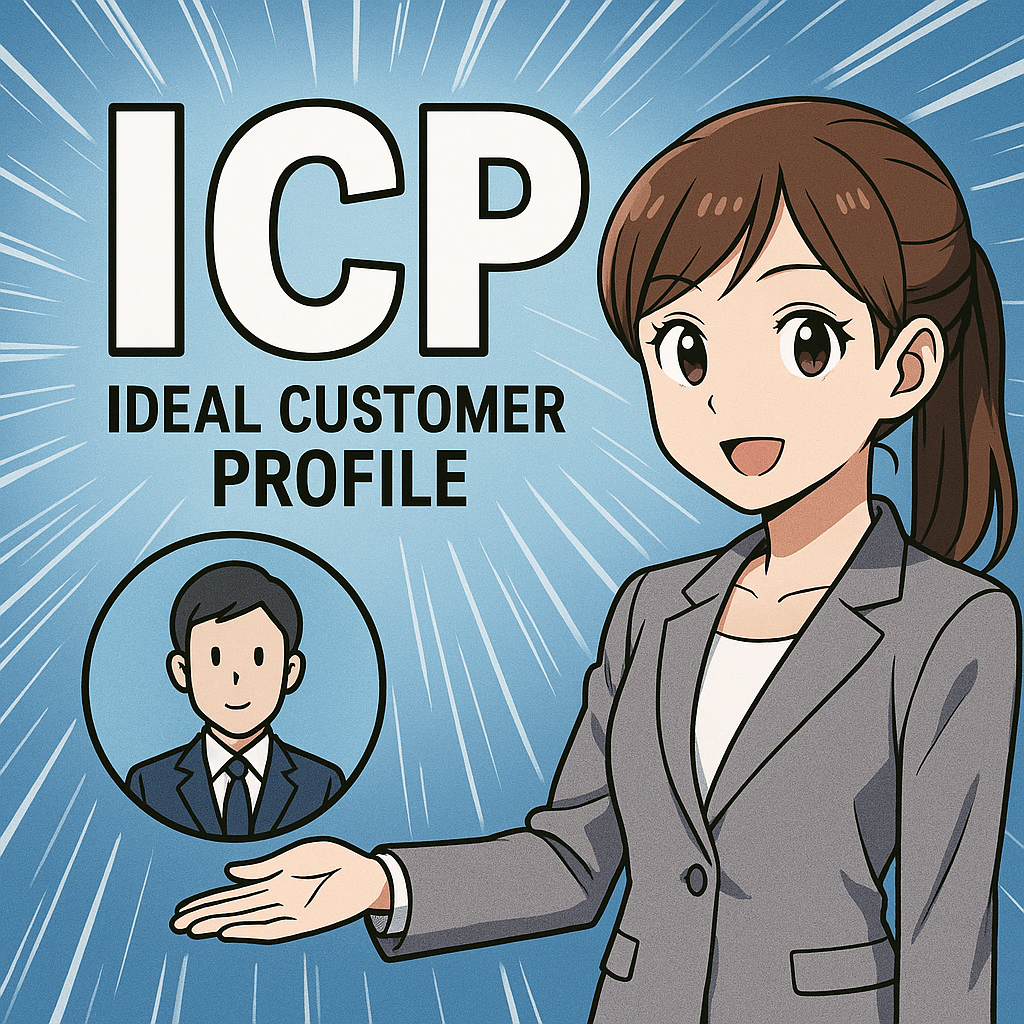Few things in product management are as difficult – or as essential – as achieving alignment.
Every company says it wants to be “customer-centric,” yet teams often end up working toward subtly different interpretations of who that customer really is. Marketing runs campaigns that attract volume but not fit. Sales closes deals that stretch the product’s purpose. Product teams chase requests that sound urgent but don’t compound value. Over time, these small misalignments accumulate into strategic drift.
The antidote? A clearly defined Ideal Customer Profile (ICP) – a deceptively simple concept that, when taken seriously, has the power to anchor an entire organization around what truly matters.
The Essence of an ICP
An Ideal Customer Profile isn’t just a persona or a segment – it’s a strategic definition of the customers who derive the most value from your product and return the most value to your business.
It combines quantitative data (firmographics, revenue tiers, usage metrics) with qualitative insight (pain points, success factors, motivations).
In practice, a mature ICP should articulate:
- The type of company or individual that benefits most from your solution
- Their key problems or inefficiencies
- The conditions that make them ready to adopt your product
- Their goals and success metrics
- The value proposition that resonates most strongly with them
An ICP doesn’t describe every possible customer you can serve – it defines the ones you should serve to maximize long-term success.
The Alignment Multiplier
Once defined, the ICP becomes a unifying mechanism across departments. It’s not just a tool for marketing—it’s a strategic asset for the entire company.
- Marketing uses it to focus campaigns, messaging, and content toward the audiences most likely to convert and retain.
- Sales uses it to qualify leads effectively, avoiding the friction of chasing low-fit opportunities.
- Product Management uses it to prioritize features and experiences that deliver value to the right users.
- Customer Success uses it to tailor onboarding, engagement, and retention strategies around customers with the highest success potential.
The result is organizational coherence—a state where every team optimizes for the same customer archetype and shared definition of success.
Product Strategy Through the Lens of the ICP
For product managers, the ICP isn’t an abstract marketing concept; it’s a decision filter.
When evaluating new ideas, customer feedback, or roadmap candidates, the critical question becomes:
“Is this valuable for our ideal customer—or are we being pulled off course?”
This perspective helps product teams avoid two common traps:
- Overgeneralization, where you try to please everyone and end up delighting no one.
- Feature opportunism, where requests from large but ill-fitting customers distort the product’s direction.
Anchoring decisions in the ICP ensures focus. It gives product teams permission to say no—not out of rigidity, but out of strategic clarity. It’s the difference between chasing growth and building sustainable product-market fit.
The Cultural Dimension of ICP
Perhaps the most underrated aspect of the ICP is its cultural role.
When everyone in a company—from engineering to finance—can describe the ideal customer with confidence, it fosters a shared language. Meetings become more productive because teams reference the same foundation. Discussions about trade-offs are faster because priorities are clearer. Even success stories resonate more deeply because they’re tied to the customer archetype that defines the company’s purpose.
In this sense, the ICP becomes not just a framework, but a cultural artifact. It’s a statement of identity: “These are the people we exist to serve.”
ICPs Are Not Static
Markets evolve. Products mature. New segments emerge. That’s why the ICP must remain dynamic—a living document informed by real data and continuous learning.
High-performing organizations revisit their ICPs regularly, using insights from:
- Win/loss analyses and deal feedback
- Retention and churn metrics
- Customer interviews and usage analytics
- Shifts in competitive dynamics or market conditions
Each iteration sharpens focus and deepens understanding. The goal isn’t to redefine who you serve every quarter, but to refine how clearly and confidently you know your best customer.
Alignment as a Competitive Advantage
Companies often talk about alignment as if it’s a matter of process or governance. But true alignment is cognitive – it’s about shared understanding.
When everyone in your company knows exactly who the ideal customer is, what they value, and why your product exists for them, you unlock something powerful: strategic coherence.
You stop wasting energy debating direction and start channeling it toward execution. You move faster because you’re no longer guessing at priorities. You collaborate more effectively because every decision ladder connects to the same north star.
That is the quiet, transformative power of a well-defined ICP.
Closing Thought
Defining your Ideal Customer Profile might feel tactical at first glance – a marketing exercise, a slide in a positioning deck. But in reality, it’s one of the most strategic things a product organization can do.
It’s the foundation for clarity, focus, and alignment across every layer of the business.
And in a world where complexity and noise are constants, that kind of alignment isn’t just operational efficiency – it’s a lasting competitive advantage.

Aye Stephen is an accomplished Product Manager and currently Chief Product Officer at one of Europe’s leading eCommerce ERP solutions. With a strong background in product management and leadership coming from 20 years experience, he is an expert in building high performing product teams in agile environments and organizational change management. Stephen holds an MBA from Goethe Business School Frankfurt and an M.A. in American Studies/Media Science from Philipps University Marburg.

Leave a Reply